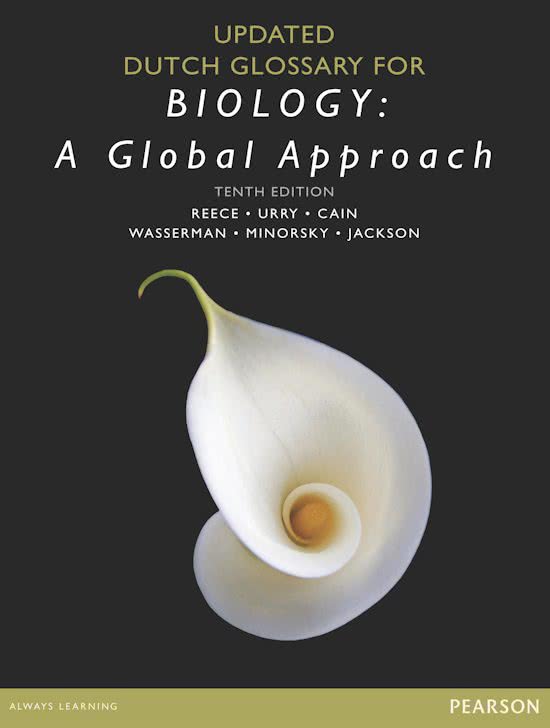Contents
L1 - Energy, Elements, Atoms & Bonding ................................................................................................ 2
L2 - Water, Concentration, Equilibrium, Constants, pH........................................................................... 3
L3 - Molecular shape, Functional groups & Isomerism.......................................................................... 5
L4 - Nucleic Acids .................................................................................................................................... 6
L5/6 – Introduction to Proteins .............................................................................................................. 7
L7/8 - Protein structure & function ......................................................................................................... 8
L9/10 - Carbohydrates .......................................................................................................................... 11
L11 - Lipids ............................................................................................................................................ 13
L12 - Membranes .................................................................................................................................. 15
,L1 – Energy, Elements, Atoms & Bonding
ENERGY
Energy Types:
1. Kinetic: energy gained or used due to motion
2. Potential: energy an object posses due to its position
3. Metabolic: energy gained or used in cells
a. Anabolism: constructive = complex molecules -> simple molecules + energy
b. Catabolism: destructive = simple molecules + energy -> complex molecules
ELEMENTS
Element: cannot be broken down by chemical reactions
• 92 naturally occurring elements
• Chemical symbols from Latin + German
• 25/92 elements essential to life:
o O, C, N, H = 96% living matter
o P (DNA backbone, cell membrane), S (cysteine + methionine), Ca (teeth, bones,
contraction), K (transporters, nerves)
• Trace elements: required in small quantities
o Fe = O2 transport
o I = produces thyroid hormones
ATOMS
Atom: smallest unit of matter which still retains all properties of an element
Relative mass: p + n = 1Da, e = 1/1840Da
Isotope: same atomic number, different atomic mass
Radioactive isotope: decays spontaneously
Matter: anything that takes up space + has a mass
Orbitals:
Atomic orbital: space around nucleus where electrons are present
• Each orbital contains <= 2 electrons
• Filler orbitals = more stable
1. 1S = 2e
2. 2S = 2e
3. 2P = 6e = 3x 2e
4. 3S, 3P, 3D, 4S, 4P…. 7S, 7P
1 = closer to nucleus
2 = further away from nucleus
Valence shell: outermost orbital
• Bonds: unpaired electrons in valence shell interacts with other unpaired electrons
• Lone pairs: electrons not involved in covalent bond
• Electronegativity: tendency of an atom to attract electrons
BONDING
Compound: substance consisting of 2 or more elements in a fixed ratio
➔ Has different chemical properties to elements
Bonding type:
1. Covalent bond: 2 atoms share electrons
, • Strong = 400kJ/mole
• O-H (440kJ) > C-C (350kJ)
a. Non-polar: equal sharing e.g. H2
b. Polar: unequal sharing e.g. O-H in H2O
2. Hydrogen bond: H atom bonds to electronegative atom
• Individually weak = 10-20kJ/mole
• e.g. H bonds between bases in DNA
3. Ionic bond: 2 atoms with different attraction for valence electrons bond
• Exchange electrons
• Form crystal
• Very strong = 700Kj/mole
4. Van der Waal forces: interaction between electron clouds
• Individually very weak = 0.5kJ/mole
• Very short range
L2 – Water, Concentration, Equilibrium, pH, Constants
WATER
• O more electronegative than H
• O-H = polar covalent bond 440kJ/mole
• Lone pairs in O = slight negative charge
• H nuclei = slight positive charge
Orbitals in Water:
• 2x unpaired electrons in 1s shells of H go to O’s unpaired electrons in 2x 2p shells -> 3 pairs of
electrons in 2p shells in O
• O2 = 1s, 2s, 2p, 2p, 2p -> 1s, Sp3
• 4 equivalent orbitals in balloon shape
Hybrid Orbital:
o Sp3 = (1) 2s orbital + (3) 2p orbitals
o Energetically favourable to have Sp3 instead of 2s, 2p, 2p, 2p
• Sp3 requires less energy than (3) 2p’s + more energy than 2s, 1s
Structure of Water:
• Tetrahedral arrangement = 109.5
• Lone pairs repel each other more than bonding pairs = 109.5 -> 104.5 between 2 H atoms
Delta Charges:
• 1 H2O molecules can bind to 4 other H2O molecules due to 2 delta +ve and 2 delta – ve
Hydrogen Bonds in Water:
1. High boiling point
2. Cohesive > Adhesive = Stick together more than other molecules
3. High heat of vaporisation:
• Evaporative cooling: hotter molecules on top layer evaporate -> lowers temp of
remaining molecules
Heat of Vaporization: energy to change state of 1g of water at 25C
4. Ice less dense than water:
• Ice has more gaps in structure + more H bonds than water
• Ice floats above water bodies -> ice insulates water





